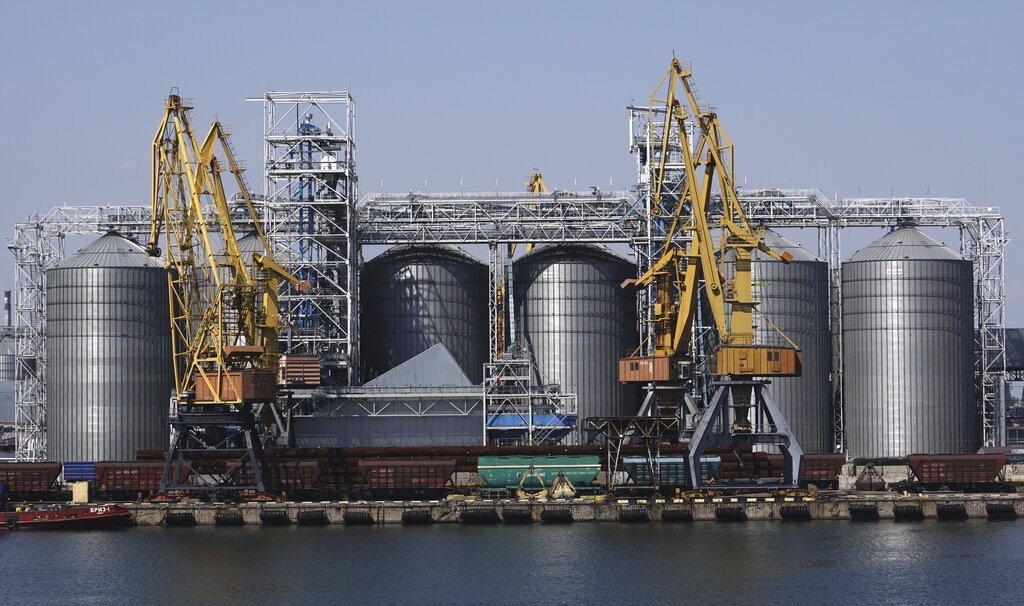While the international press has been reporting daily on combat and military development in Ukraine down to every detail, the effect of the war on the Ukrainian economy is hardly discussed, even though the situation has grown dire.
At the end of August, Ukraine actually filed for state bankruptcy, as it was unable to fully repay its debts. Some of its creditors gave a reprieve so Ukraine could essentially reschedule the repayment of its debt.
This was necessary because Ukraine is far from being able to generate its own maintenance costs due to the war. According to the Ukrainian government, the country would need international support of $9 billion per month to cover the budget deficit.
[pp id=46687]
The crumbling of the Ukrainian economy — in addition to terrible material and human losses — has much to do with the important industrial and resource-rich areas ceded to Russian forces during the invasion. The impact was nearly immediate, and export data reveals a steep economic downturn. Before the war, Ukraine’s exports reached 40 percent of the country’s GDP, and the two leading product groups were metallurgical materials and grain. However, the Russian invasion specifically harmed those main two export areas.
The two most important metallurgical plants operated in Mariupol were leveled in the fighting, but the situation is not much better in terms of grain either.
Grain used to leave Ukraine mostly via the Black Sea (in addition to land and other waterways), and not in small quantities. Until now, Ukraine was the world’s fifth-largest exporter of wheat, but it was also a significant player in the world market of corn and barley. After the outbreak of war, Russia blockaded the Black Sea ports. The stalemate was resolved by the agreements signed on July 22, which guarantee a local ceasefire, allowing Ukrainian grain shipments to depart from the ports of three cities, Odessa, Chornomorsk, and Pivdenny, on the Black Sea.
[pp id=36783]
Although Ukraine is now exporting more and more grain overall, the amount is still far below what it was before. According to official information, Ukraine exported 3.4 million tons of grain by the end of August this year, less than half of the total amount by August 2021. By this time last year, 7 million tons of Ukrainian grain had reached foreign customers.
It is worth noting that, contrary to international expectations, the majority of Ukrainian grain transported by sea did not end up in Africa.
The biggest customer was Turkey: 16 of the 36 registered water shipments reached the shores of the Turks. The target countries included, among others, Italy, Germany, Romania, and Ireland, as well as Iran, South Korea, Egypt, Djibouti, and Sudan. The last was the only sub-Saharan recipient. Still, the place where a shipment reaches the shore does not necessarily mean that the products are used there.






